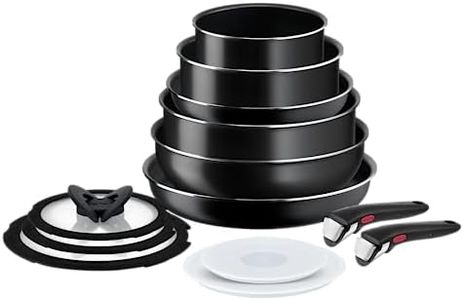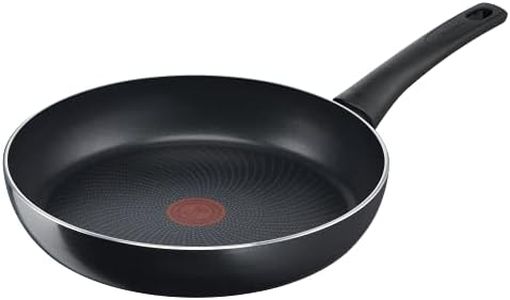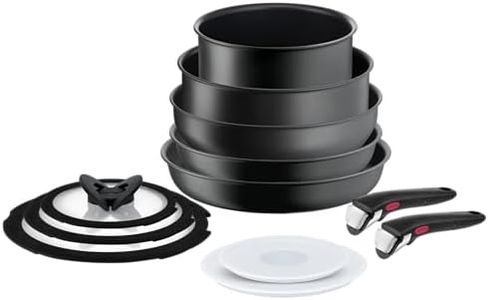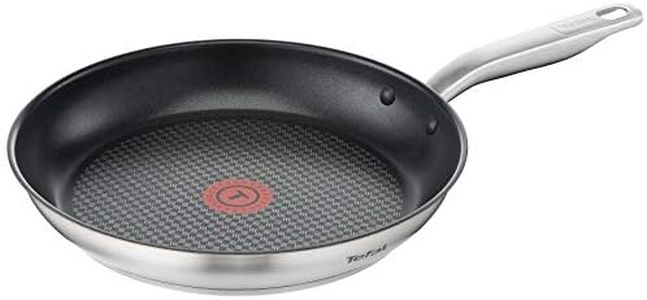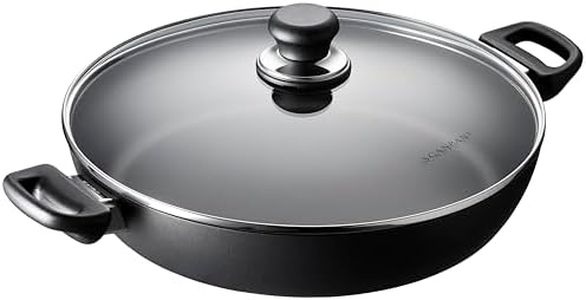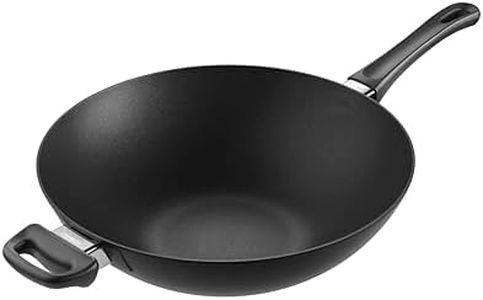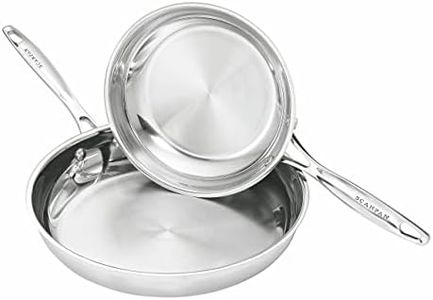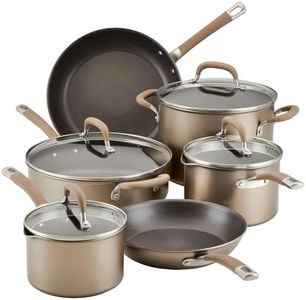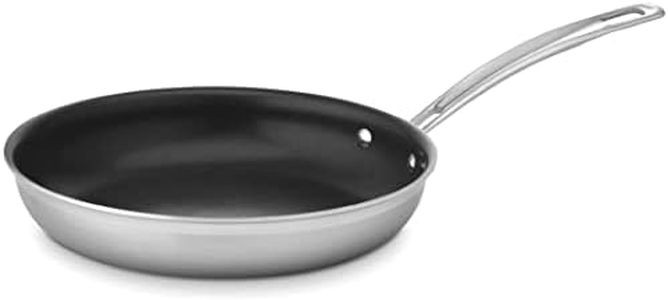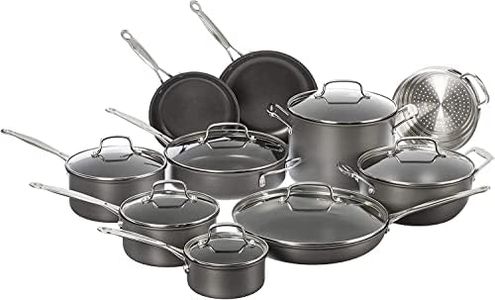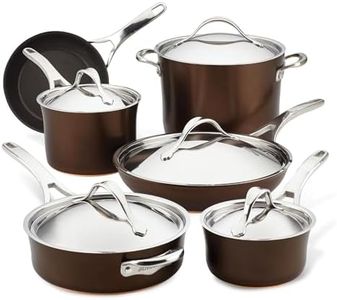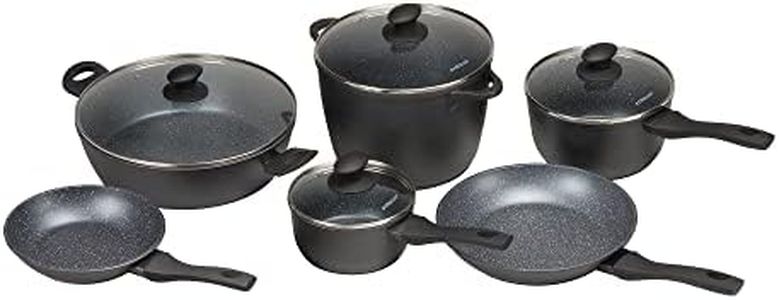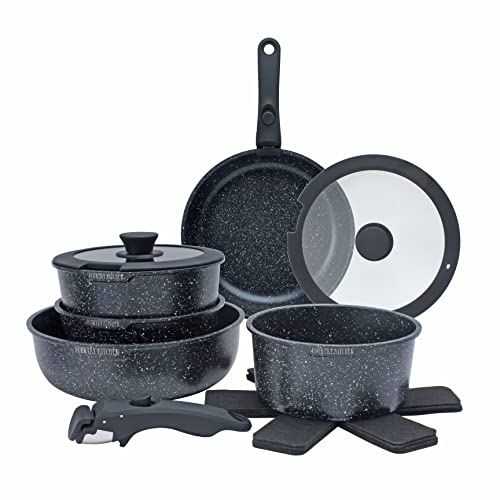We Use CookiesWe use cookies to enhance the security, performance,
functionality and for analytical and promotional activities. By continuing to browse this site you
are agreeing to our privacy policy
10 Best Nonstick Cookwares
From leading brands and best sellers available on the web.Buying Guide for the Best Nonstick Cookwares
When choosing nonstick cookware, it's important to think about how you cook, how much you cook, and how much effort you're willing to put into care and cleaning. Nonstick cookware is great for making delicate foods like eggs or pancakes and is generally very easy to clean. However, there are several key specifications to consider to ensure you get a set that fits your cooking style and lasts as long as possible.Coating MaterialThe nonstick coating is what prevents food from sticking to the pan, and its material is crucial because it affects performance, durability, and safety. The most common types are PTFE (often known as Teflon) and ceramic. PTFE coatings are very slick and long-lasting if not overheated, while ceramic is seen as a more natural alternative but can lose its nonstick properties faster. If you cook frequently and want the slickest performance, PTFE might be better, but if you want to avoid synthetic chemicals, consider ceramic.
Base MaterialThe pan’s base, the metal under the nonstick coat, affects how quickly and evenly it heats up. Aluminum bases are common because they’re lightweight and heat up fast, while stainless steel bases are heavier, more durable, and may distribute heat more evenly. For fast, everyday cooking, aluminum is usually perfect, but if you want a pan that resists warping and gives very even results, stainless steel is preferred.
ThicknessThe thickness of the pan contributes to heat retention and resistance to warping. Thin pans heat up quickly but may warp or burn food easily, while thick pans are heavier and slower to heat but cook more evenly and last longer. If you want lightweight and fast cooking, a thinner pan is fine, but for consistent results and durability, opt for a thicker pan.
Oven SafetySome nonstick cookware can be used in ovens, but only up to certain temperatures, which are usually labeled by the manufacturer. This is essential if you like to start dishes on the stove and finish them in the oven. If you plan to bake or broil with your pan, check that it’s oven-safe to the temperatures you need; otherwise, a stovetop-safe-only pan will suffice.
Dishwasher CompatibilityMany people want the convenience of cleaning pans in the dishwasher. Some nonstick pans are labeled dishwasher safe, but frequent machine washing can reduce their lifespan. If you value easy cleanup, look for dishwasher-safe options, but remember that hand-washing is the gentlest method and will help your pan last longer.
Handle Design and MaterialThe handle affects your safety and comfort when using the pan. Some handles stay cool on the stovetop, while others can get hot. Handles might be made of metal, silicone, or plastic. If you regularly cook dishes that require gripping and moving the pan, choose one with a comfortable, heat-resistant handle. If you plan to use the pan in the oven, make sure the handles are also oven-safe.
Compatibility with Cooking SurfacesNot all nonstick cookware works on all stovetops. For example, if you have an induction stove, you’ll need pans with magnetic bases. If you have gas or electric stoves, most pans will work, but always check for compatibility. Pick the pan that matches your stove type to avoid disappointment.
